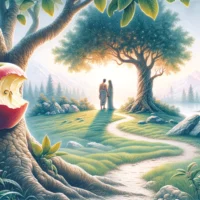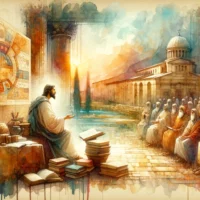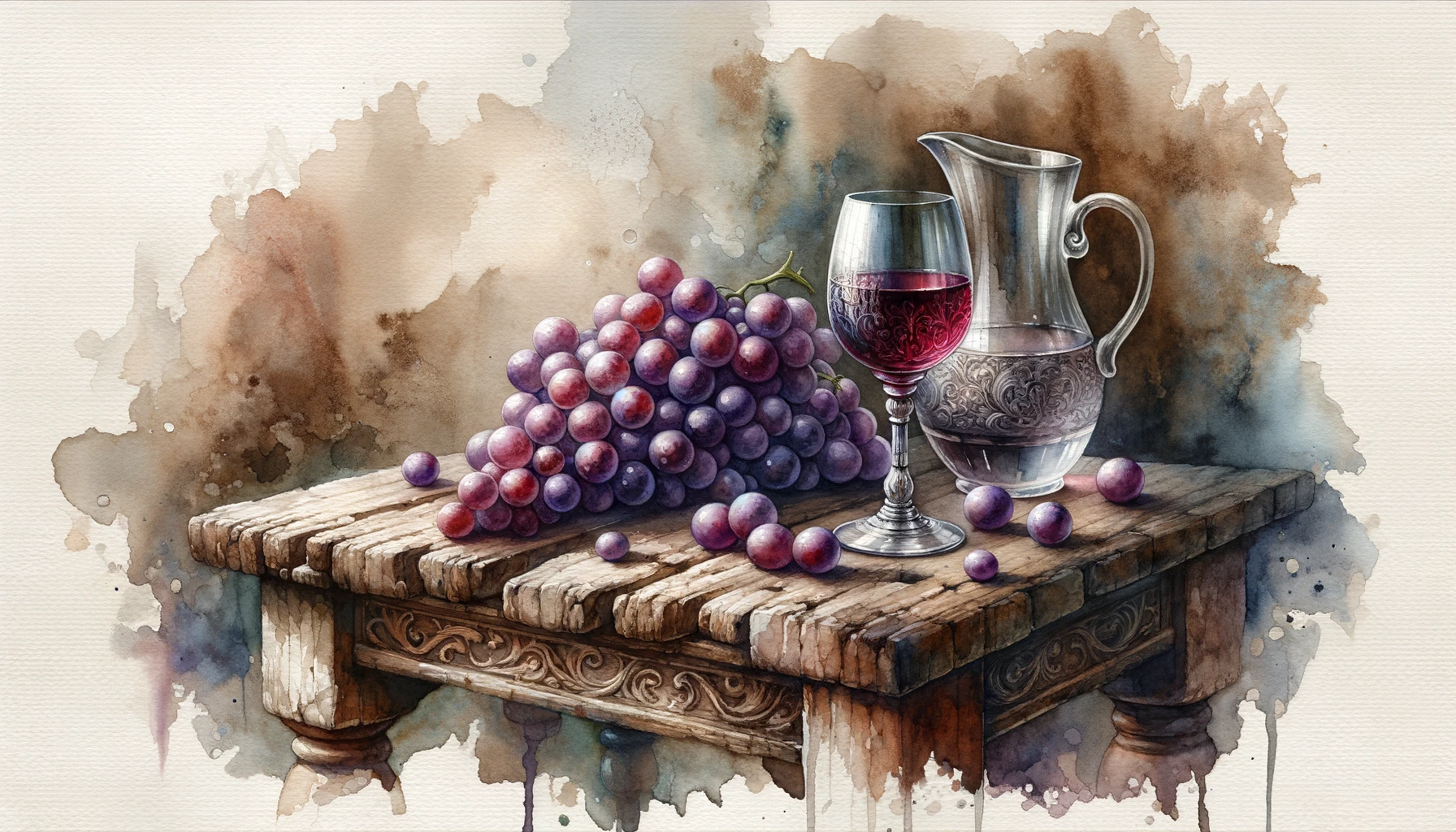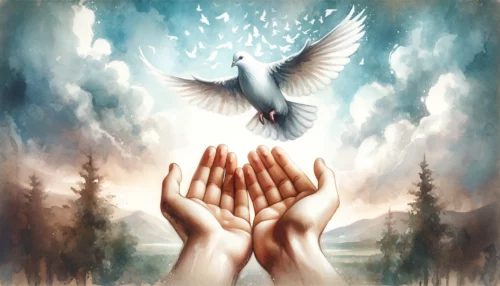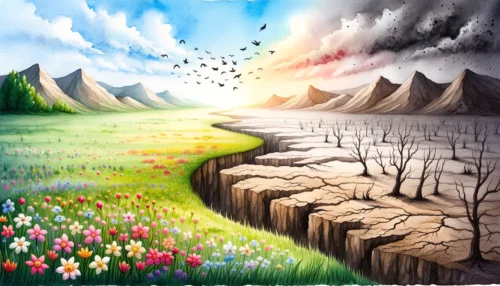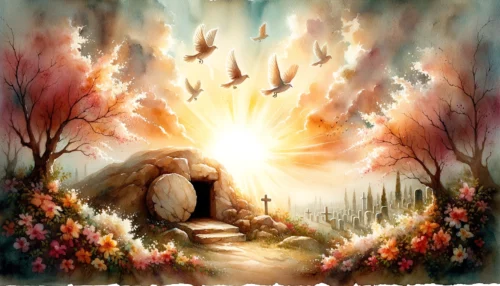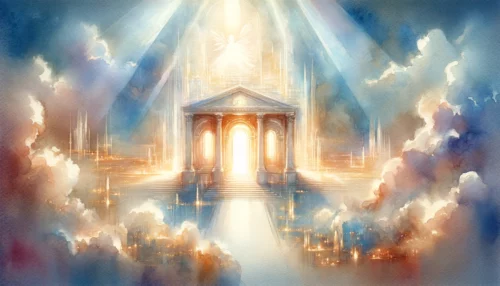The story of Jesus turning water into wine at the wedding in Cana is one of the most well-known miracles in the Bible. However, skeptics and scholars alike have debated the authenticity of this event. Did it really happen, or is it simply a myth? In this article, we will explore the historical and biblical evidence of Jesus’ miracle, as well as the cultural context of the wedding at Cana and the symbolism behind water and wine in the Bible.
The Historical and Biblical Evidence of Jesus’ Miracle
The story of Jesus turning water into wine is recorded in the Gospel of John, which is one of the four Gospels in the New Testament. According to John 2:1-11, Jesus and his disciples were invited to a wedding in the town of Cana in Galilee. During the wedding feast, the wine ran out, and Jesus’ mother Mary told him about the situation. Jesus then instructed the servants to fill six large stone jars with water, which he miraculously turned into wine. The wine was of the highest quality, and the guests were amazed by this miracle.
Although this event is only recorded in the Gospel of John, it is widely accepted by Christians as a genuine historical event that actually occurred. The Gospel of John was written by John, one of the twelve disciples of Jesus, and was believed to be written sometime between 90-100 AD. This means that the Gospel of John was written within a few decades of the actual events, and there were still people alive who could have verified the accuracy of the story.
Furthermore, there are several reasons why the story of Jesus turning water into wine is believed to be true. Firstly, the Gospel of John is widely regarded as one of the most reliable and accurate sources of information about the life and teachings of Jesus. Secondly, the Gospel of John includes many details and specific references to people, places, and events that were known to the early Christian community. For example, John mentions that the wedding took place on the “third day”, which is believed to be a reference to the third day of the week, which was traditionally a day of weddings in Jewish culture.
Additionally, the miracle of turning water into wine is consistent with other miracles performed by Jesus, such as healing the sick, casting out demons, and raising the dead. In the Bible, miracles are portrayed as signs of Jesus’ divinity and as evidence of his authority over the natural world.
Overall, there is strong historical and biblical evidence to support the claim that Jesus really did turn water into wine at the wedding in Cana. The next section will explore the cultural context of the wedding and how it relates to the miracle.
Understanding the Cultural Context of the Wedding at Cana
To fully understand the significance of Jesus’ miracle at the wedding in Cana, it is important to examine the cultural context of weddings in ancient Jewish culture. Weddings were the most important social events in Jewish society, and they typically lasted for several days. It was a time of celebration and joy, and it was the responsibility of the groom and his family to provide food and drink for the guests.
Running out of wine during a wedding would have been a great embarrassment for the groom and his family. In fact, it was considered a social disgrace to not have enough wine for the guests. Therefore, Mary’s concern about the wine running out was not only a practical matter but also a cultural one.
When Jesus turned the water into wine, he not only provided a solution to the problem at hand, but he also demonstrated his power and authority over nature. In Jewish culture, wine was seen as a symbol of joy and celebration, and it was also associated with the Messiah. Therefore, Jesus’ miracle was seen as a sign of his divine identity and his role as the Messiah.
Furthermore, the abundance and quality of the wine that Jesus provided was also significant. The wine that Jesus created was of the highest quality, which would have been unexpected since the best wine was typically served first, and the lower quality wine was served later when the guests had already become drunk. Therefore, Jesus’ provision of the best wine was seen as a symbol of his abundance and generosity.
In addition to the cultural context of weddings, there are also several symbolic meanings behind the use of water and wine in the Bible, which will be explored in the next section.
Symbolic Meanings of Water and Wine in the Bible
Water and wine are two important symbols in the Bible, and their significance can be traced back to the Old Testament. In the Old Testament, water was often used as a symbol of purification and renewal, and it was associated with the ritual cleansing of the body and soul. Wine, on the other hand, was seen as a symbol of joy and celebration, as well as a symbol of God’s blessings and favor.
In the New Testament, Jesus uses both water and wine in his teachings and miracles, and their symbolic meanings take on new significance. For example, in the Gospel of John, Jesus speaks to a woman at a well and tells her that he can give her “living water”, which will quench her thirst forever (John 4:10-14). This “living water” is symbolic of the Holy Spirit, which is given to believers to provide spiritual nourishment and renewal.
Similarly, in the miracle of turning water into wine, Jesus takes something ordinary, like water, and transforms it into something extraordinary, like wine. This symbolizes his power to transform and renew all things, including the human heart. It also serves as a foreshadowing of the ultimate transformation that Jesus will bring through his death and resurrection.
Furthermore, the symbolism of wine in the Bible is closely tied to the concept of the “kingdom of God”. In the Gospel of Luke, Jesus speaks of the kingdom of God as a great banquet, where there will be food and drink in abundance (Luke 14:15-24). This banquet symbolizes the joy and abundance that believers will experience in God’s presence. Therefore, the abundance and quality of the wine that Jesus provides in the miracle at Cana is seen as a sign of the coming of the kingdom of God.
Overall, the symbolic meanings of water and wine in the Bible are rich and multi-layered, and they serve to deepen our understanding of Jesus’ teachings and miracles. The miracle of turning water into wine not only demonstrates Jesus’ power and authority, but it also points to the spiritual renewal and abundance that he brings to those who believe in him.
Reflection and Application
The story of Jesus turning water into wine is a remarkable event that showcases His divine power and authority. This miracle is not only a display of Jesus’ miraculous abilities but also a reminder of His love, provision, and care for us. As we reflect on this story, we are challenged to examine our faith and how we can better trust in Jesus in our daily lives.
Personal Questions for further thought:
- How does the story of Jesus turning water into wine impact your faith journey?
- In what areas of your life do you need to trust in Jesus more?
- How can you apply the lessons from this story to your relationships with others?
As we meditate on the story of Jesus turning water into wine, let us be reminded of the depth of His love for us and His power to transform the ordinary into the extraordinary. May we trust in Him more fully and seek to apply the lessons from this story to our daily lives. Let us be inspired to live in faith, trusting in the Lord to guide us and provide for us, and to share His love and grace with those around us.

